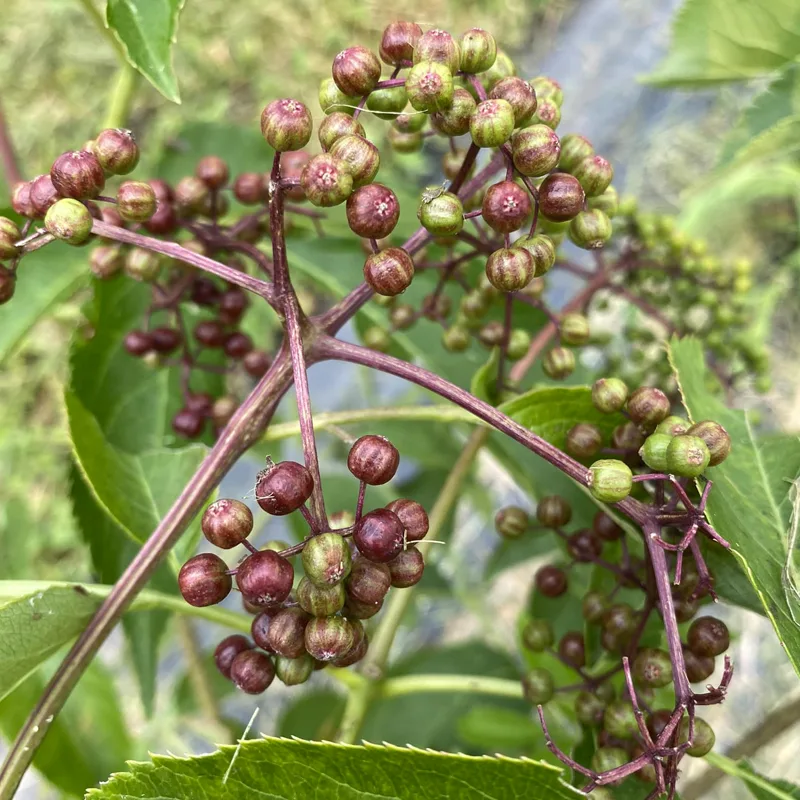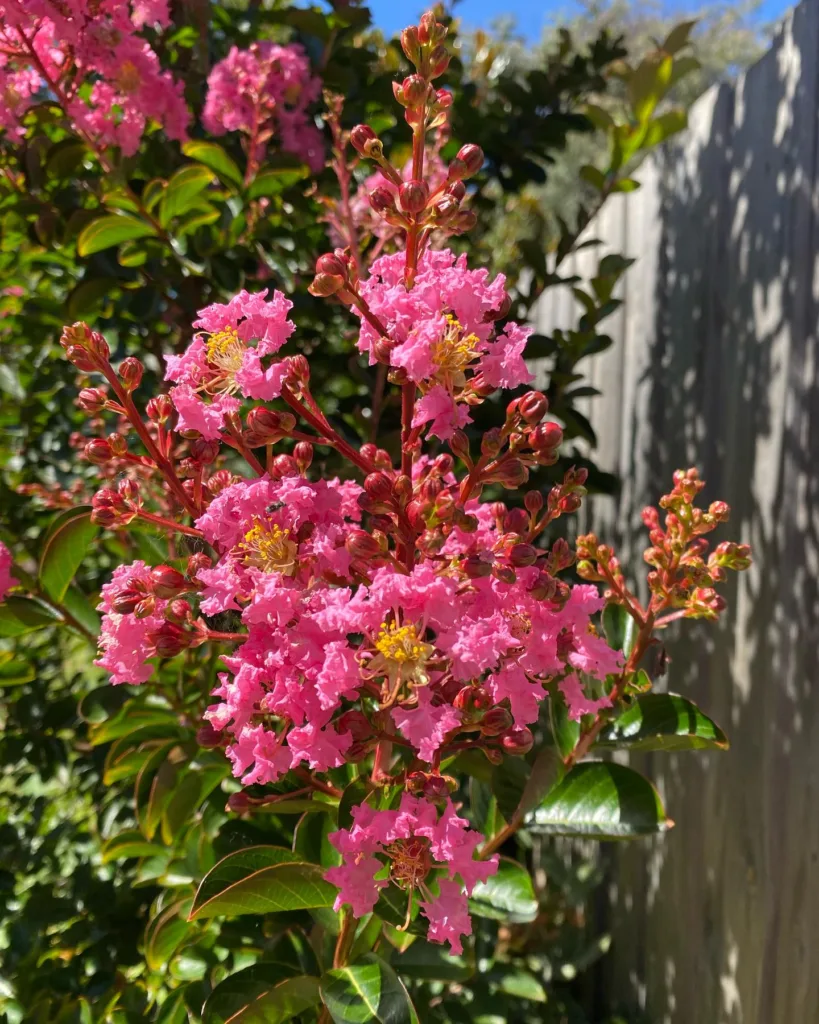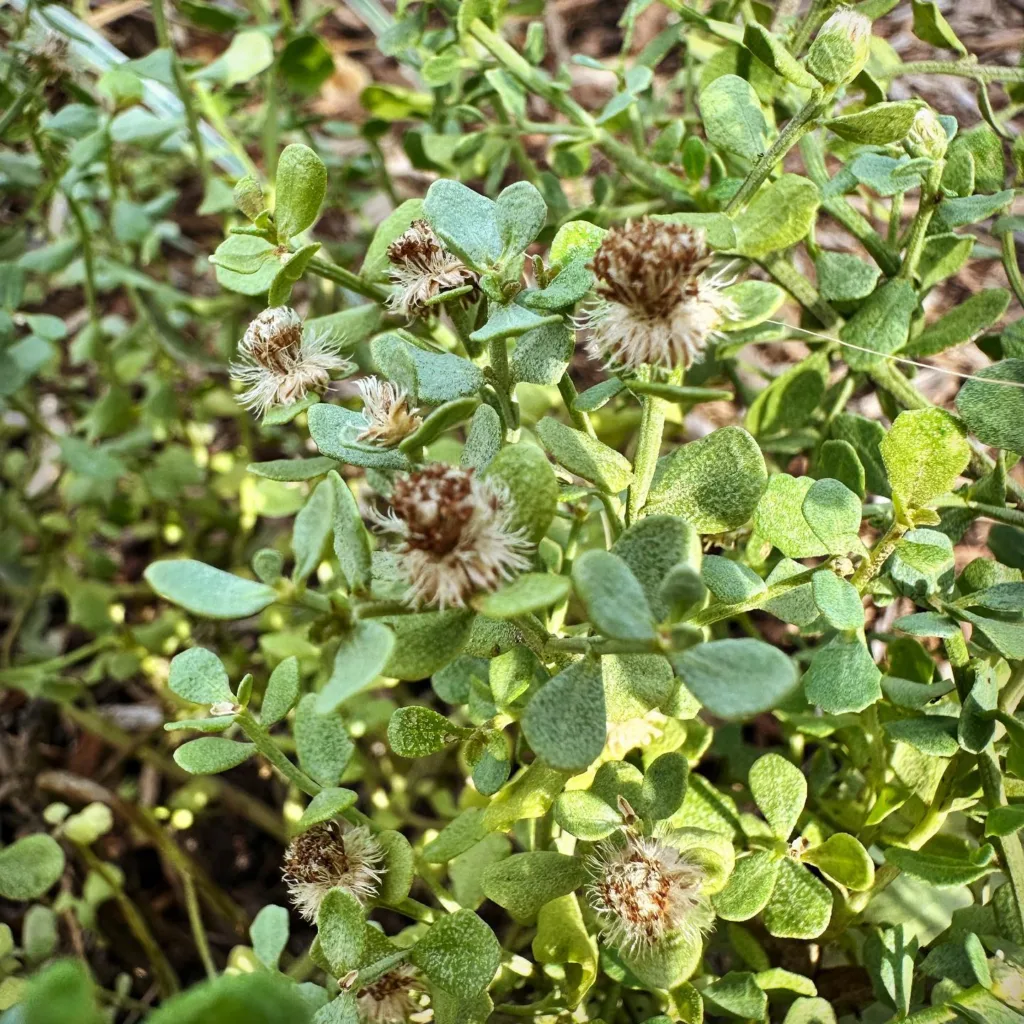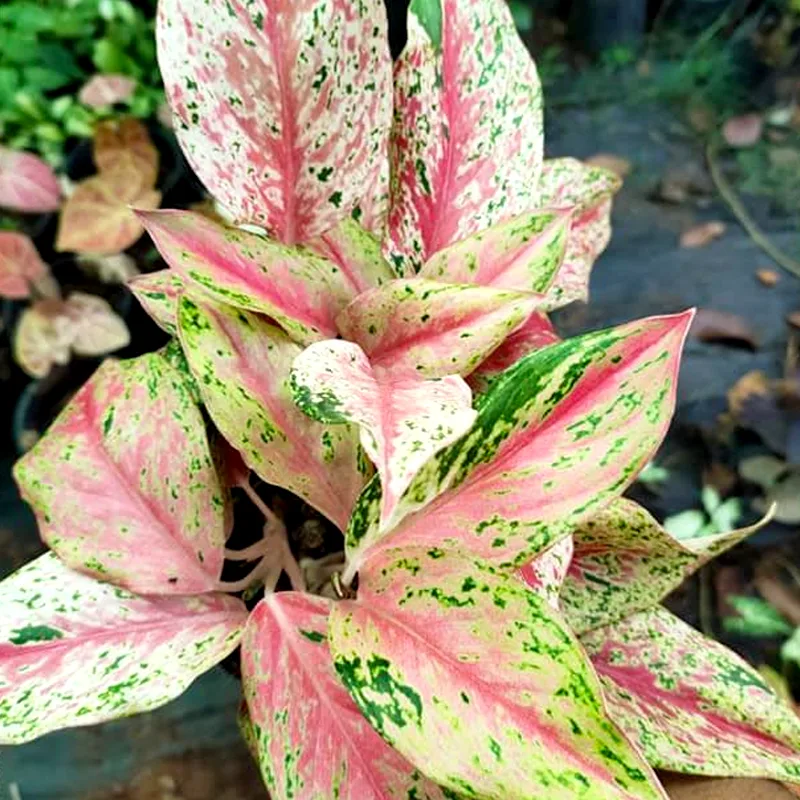The Scent of Amyris: A Personal Exploration
My name is Ferb Vu, and I’m fascinated by the Amyris genus. This group of flowering plants, belonging to the citrus family Rutaceae, has captivated me with its fragrant resin and diverse array of species. The name Amyris itself derives from the Greek word “amyron,” meaning “intensely scented,” a testament to the powerful aroma these plants exude. Join me as I delve into the world of Amyris, exploring its characteristics, its various species, and its significance.
Aromatic Resin and Flammable Wood
Amyris plants are renowned for their aromatic resin, a sticky substance with a distinct and often strong odor. This resin has been utilized for various purposes throughout history, from incense and perfumes to medicinal applications. The wood of Amyris trees is also notable for its flammability, earning them the common name “torchwoods.” This characteristic made them valuable resources for light and fuel in the past.
Diverse Species Across the Americas
The Amyris genus boasts a diverse range of species, primarily found in the tropical and subtropical regions of the Americas. Here are:
- Amyris balsamifera: Also known as balsam torchwood, this species is native to the Caribbean and Central America. It is recognized for its fragrant wood and resin, which have been used in traditional medicine and perfumery.
- Amyris elemifera: Commonly called sea torchwood, this species is found in Florida, the Caribbean, and parts of South America. It is characterized by its leathery leaves and small white flowers.
- Amyris madrensis: This species is endemic to the Sierra Madre Occidental mountain range in Mexico. It is a relatively rare species with distinctive hairy leaves.
- Amyris texana: Known as Texas torchwood, this species is native to Texas and northern Mexico. It is a shrub or small tree with fragrant white flowers.
- Amyris abeggii Ekman ex Urb.
- Amyris amazonica Cornejo & Kallunki
- Amyris apiculata Urb. & Ekman
- Amyris attenuata Standl.
- Amyris barbata Lundell
- Amyris brenesii Standl.
- Amyris carterae Rebman & F.Chiang
- Amyris centinelensis Cornejo
- Amyris chiapensis Lundell
- Amyris cordata I.M.Johnst.
- Amyris crebrinervis Gereau
- Amyris cubensis (Borhidi & Acuña) Beurton
- Amyris diatrypa Spreng.
- Amyris filipes Lundell
- Amyris granulata Urb.
- Amyris guatemalensis Lundell
- Amyris guianensis Aubl.
- Amyris humboldtii Krug & Urb.
- Amyris ignea Steyerm.
- Amyris intermedia Urb. & Ekman
- Amyris jorgemeavei Hern.-Barón, Espejo, Pérez-García, Cerros & López-Ferr.
- Amyris karlitae W.Palacios
- Amyris lineata C.Wright ex Griseb.
- Amyris lurida Lundell
- Amyris macrocarpa Gereau
- Amyris magnifolia Gómez-Laur. & Q.Jiménez
- Amyris marshii Standl.
- Amyris metopioides Zanoni & M.M.Mejía
- Amyris mexicana Lundell
- Amyris monophylla Brandegee
- Amyris oblanceolata A.Pool
- Amyris pacis Londoño-Ech., A.M.Trujillo & Gereau
- Amyris phlebotaenioides Urb. & Ekman
- Amyris pinnata Kunth
- Amyris plumieri DC.
- Amyris polymorpha Urb.
- Amyris polyneura Urb.
- Amyris pungens Urb.
- Amyris purpusii P.Wilson
- Amyris rekoi S.F.Blake
- Amyris rhomboidea Standl.
- Amyris robinsonii DC.
- Amyris roseomaculata Hern.-Barón, Cerros, M.González, Espejo & López-Ferr.
- Amyris sandemanii Sandwith
- Amyris staminosa Lundell
- Amyris stromatophylla P.Wilson
- Amyris thyrsiflora Turcz.
- Amyris trimera Krug & Urb.
- Amyris vestita Lundell
Amyris and its Significance
The Amyris genus holds both ecological and economic importance. Ecologically, these plants play a role in their respective ecosystems, providing habitat and food sources for various organisms. Economically, Amyris species have been utilized for their valuable resin and wood. The resin has found applications in the fragrance industry, while the wood has been used for fuel and even in the production of certain types of rum.
My Personal Connection to Amyris
My interest in Amyris stems from a deep appreciation for the natural world and its diversity. I am particularly drawn to the fragrant resin produced by these plants, and I am fascinated by the various ways in which humans have utilized Amyris throughout history. I believe that there is still much to learn about this genus, and I am eager to continue exploring its potential applications and ecological significance.
Future Research and Exploration
As I continue my journey of discovery with Amyris, I am particularly interested in exploring the following areas:
- Chemical Composition of the Resin: I am curious to learn more about the specific chemical compounds that contribute to the unique fragrance of Amyris resin. This knowledge could potentially lead to the development of new fragrances or even medicinal applications.
- Ecological Interactions: I am eager to understand the role that Amyris plants play in their ecosystems, including their interactions with pollinators, herbivores, and other plant species.
- Sustainable Harvesting Practices: Given the economic value of Amyris resin and wood, it is crucial to develop sustainable harvesting practices that ensure the long-term survival of these species.
I believe that further research in these areas will not only enhance our understanding of Amyris but also contribute to its conservation and sustainable utilization.
This exploration of the Amyris genus is just the beginning. I am excited to continue learning about these fascinating plants and to share my discoveries with others. I believe that by appreciating and understanding the natural world, we can better protect it for future generations.
If i die, water my plants!



